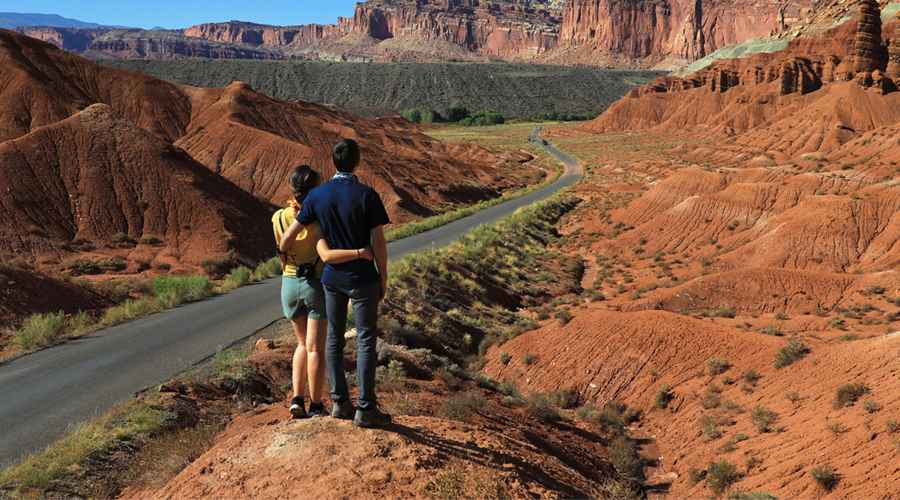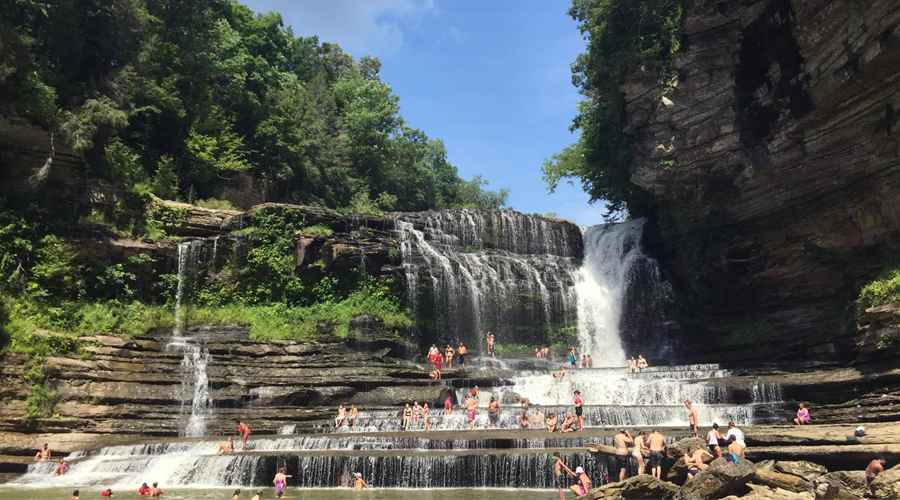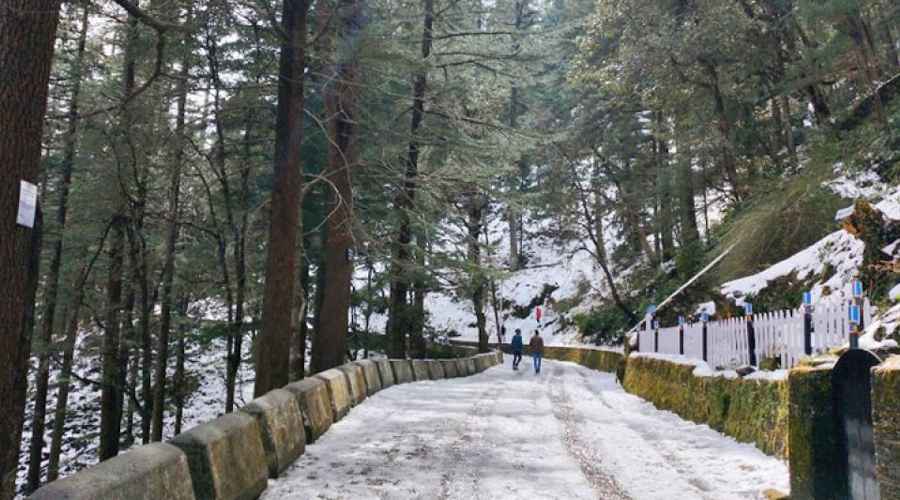Joshua Tree National Park is one of the most iconic and unique landscapes in the United States, drawing travelers, adventurers, artists, and nature enthusiasts from across the world. Located in southeastern California, the park spans over 1,200 square miles and offers an otherworldly blend of rugged mountains, sprawling desert plains, striking rock formations, and of course, the peculiar Joshua trees that give the park its name. What makes Joshua Tree especially remarkable is not just its unusual flora but also its dual desert ecosystems, geologic wonders, rich biodiversity, and deep cultural history.
A Tale of Two Deserts
One of the features that truly sets Joshua Tree National Park apart is that it encompasses two distinct desert ecosystems: the Mojave Desert and the Colorado Desert.
- Mojave Desert: Found at higher elevations in the park, this desert region is the natural home of the Joshua tree (Yucca brevifolia). The Mojave’s cooler temperatures and greater precipitation allow not just Joshua trees but also piñon pines, junipers, and various shrubs to thrive.
- Colorado Desert: Located at lower elevations, this section of the park is part of the Sonoran Desert. Here, the landscape looks starkly different, with creosote bushes, chollas, and ocotillos dominating the environment. The Colorado Desert is hotter, drier, and more barren in appearance, but its plant and animal adaptations are a marvel to behold.
The contrast between these two deserts within one national park makes Joshua Tree a living classroom for ecology and a rare chance to experience two different desert environments side by side.
The Iconic Joshua Tree
Central to the park’s identity is the Joshua tree. These spiky, twisted plants are not technically trees but rather a type of yucca. Their bizarre, almost alien shapes sparked awe and imagination in early settlers and continue to capture the fascination of modern visitors. Legend has it that Mormon pioneers named the plant “Joshua tree” because its twisted branches reminded them of the Biblical figure Joshua raising his hands to the sky in prayer.
The tree’s ability to survive in such an arid climate makes it symbolic of resilience and adaptability. Even more fascinating, Joshua trees rely on the help of Yucca moths for pollination, illustrating the interconnectedness of desert life. Without these unique trees, the Mojave landscape would feel entirely different, and their presence gives the park its distinctive visual identity.
Geological Marvels
Another special feature of Joshua Tree National Park is its incredible geology. Towering granite monoliths, rugged mountain ranges, hidden valleys, and massive boulders create a dramatic backdrop for hiking, climbing, and photography. The park’s landscape was shaped over millions of years by tectonic activity and erosion, leaving behind stunning rock formations that seem to defy gravity.
Some of the most famous geologic sites in the park include:
- Skull Rock: A massive granite boulder shaped naturally into the likeness of a skull.
- Arch Rock: A graceful stone arch tucked within the White Tank Campground area.
- Keys View: An overlook offering panoramic views of the Coachella Valley, San Andreas Fault, and distant mountain ranges.
Climbers from around the world flock to Joshua Tree for its renowned rock climbing routes, ranging from beginner scrambles to advanced ascents. The interplay of sun and shadow across the rocky formations makes the park breathtaking at sunrise and sunset.
A Haven for Biodiversity
Despite its harsh appearance, Joshua Tree National Park is surprisingly rich in biodiversity. The combination of its two desert ecosystems creates habitats for a wide variety of plants and animals. Over 750 plant species grow within the park’s boundaries, making springtime especially colorful when wildflowers bloom across the desert floor.
Animal life, too, is abundant, though many species are nocturnal and elusive. Desert tortoises, bighorn sheep, jackrabbits, coyotes, roadrunners, and a variety of lizards are commonly found. At night, the park comes alive with the calls of owls, the rustling of kangaroo rats, and the occasional glimpse of a bobcat or mountain lion. Birdwatchers also find Joshua Tree a delight, as it lies along migratory paths.
Dark Skies and Stargazing
One of Joshua Tree’s most magical features is its spectacular night sky. Far from the light pollution of major cities like Los Angeles, the park is a certified Dark Sky Park, offering stargazers unparalleled views of the Milky Way, constellations, and meteor showers. Many visitors camp in the park specifically to experience the clarity of its night skies. For astronomers, both amateur and professional, Joshua Tree is a premier destination.
Cultural and Spiritual Significance
Joshua Tree is not just a natural wonder but also a site of deep cultural importance. Indigenous groups such as the Cahuilla, Chemehuevi, and Serrano people inhabited the area long before it became a national park, leaving behind petroglyphs, pottery shards, and evidence of ancient settlements that speak to the desert’s rich human history.
In more recent times, Joshua Tree has also become a sanctuary for artists, musicians, and spiritual seekers. Its solitude, vast landscapes, and surreal beauty have inspired countless works of art, photography, and music. The park holds an almost mystical reputation, attracting those in search of creative renewal or a connection to something greater than themselves.
Outdoor Adventure and Recreation
The park offers a wide range of outdoor activities beyond sightseeing. Hiking trails of varying difficulty run throughout the park, from short nature walks like the Hidden Valley Trail to challenging treks such as the hike to Ryan Mountain. Rock climbing and bouldering are world-class here, with over 8,000 established climbing routes. Campgrounds scattered across the park allow visitors to immerse themselves in the desert experience overnight.
Seasonal changes bring new opportunities. In spring, wildflowers paint the landscape in vibrant colors, while autumn and winter bring cooler weather, making hiking and climbing more comfortable. Summer can be brutally hot, but it offers quiet, less crowded experiences for those willing to brave the desert heat.
Why Joshua Tree Feels Special
What ultimately makes Joshua Tree National Park special is the way it merges extremes: the dual deserts, the harshness of the landscape with its surprising life, the stillness of the desert by day with the vast expanse of stars at night. It represents resilience, interconnectedness, and the beauty of contrasts. Few places on earth can evoke such a sense of wonder while also offering so many layers of natural and cultural richness.
For first-time travelers, Joshua Tree is a revelation—a place where the bizarre becomes beautiful, where the desert’s silence speaks volumes, and where nature’s stark resilience stirs the imagination. For repeat visitors, the park reveals something new with each trip, whether it’s a hidden canyon, a new bloom of wildflowers, or an unforgettable night sky.
Joshua Tree National Park is more than just a desert—it is a living, breathing masterpiece of nature that invites exploration, creativity, and profound reflection.




